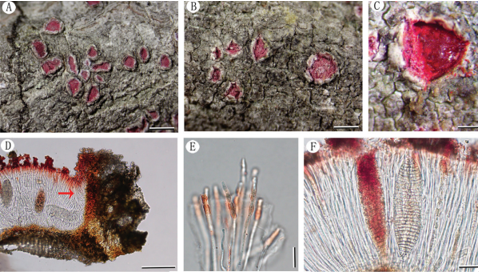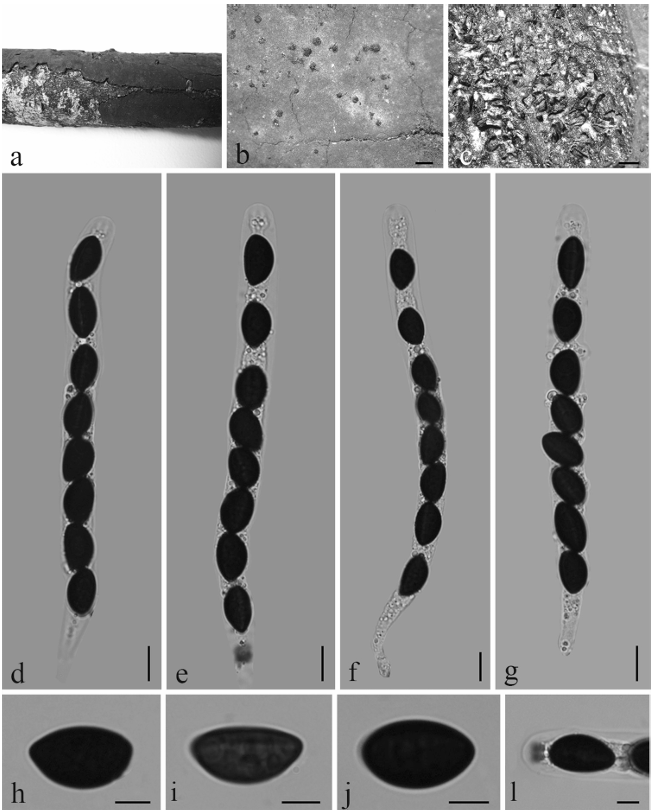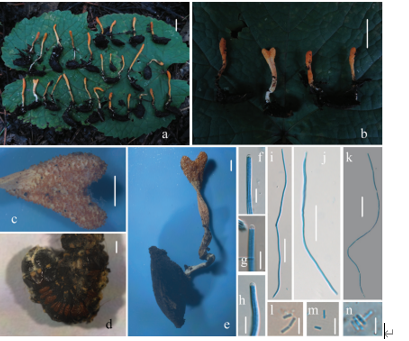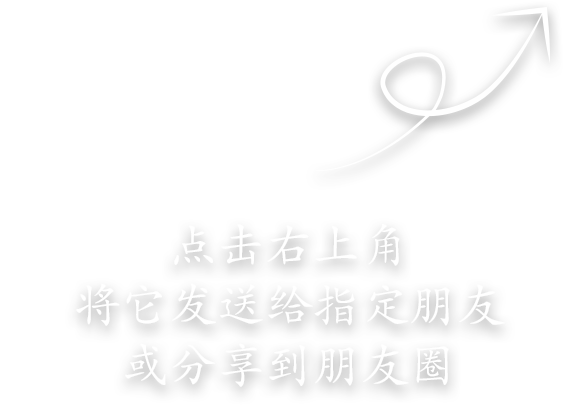Phallus rigidiindusiatus T. Li, T.H. Li & W.Q. Deng, sp. nov. 2021
MycoBank No: 840965
Holotype: China. Guangdong Province, Jiangmen City, Yunkaishan National Nature Reserve. (22°17'57"N, 111°12'37"E, alt. 1350 m), Song Bin and Wen Huashu,10 June 2020 (GDGM 81196)
Morphological description
Asexual morph: Immature basidioma globose to subglobose, 55–65 × 50–57 mm, white (1A1), slightly yellowish white (4A2) to orange white (7A2) or pinkish white (10A2), partially darker to grayish brown (7D3), smooth, attached to substrate by grayish violet (17D5- 7) rhizomorphs. Exoperidium membranous; endoperidium gelatinous, hyaline. Expanded basidioma big-sized, 220–240 mm high when fresh. Receptacle 40–50 mm high, 50–60 mm broad, campanulate to subconical, white (1A1) to yellowish white (3A2), reticulated with irregularly ridges up to 4.5 mm deep, covered with gleba; apex truncate, perforated, or with a white spongy expansion up to 8 mm high, 10 mm in diam. Gleba yellowish brown to linoleum brown (5E5-7), mucilaginous. Pseudostipe subcylindrical, constricted at apex, enlarged toward base, white (1A1), spongiform, hollow, 170–190 mm high, 15–20/28–35/35–40 mm broad (apex/middle/base); pseudostipe wall 5–9 mm thick, usually consisting of small irregular chambers in 1–3 mm width. Volva obovate, 55–65 mm high, 50–60 mm broad, smooth, brownish orange (7C6) to light brown (7D8). Indusium well-developed, expanded to 3/4–5/6 portion of pseudostipe, white, up to 170 mm in length, attached to apex of pseudostipe, with rigid polygonal to irregular meshes becoming gradually smaller from top to bottom, margin entire; meshes usually not serrated at margin, 5–20 mm wide, up to 7 mm thick. Rhizomorphs simple, grayish orange (6C5) to brown (7E4), up to 3 mm thick, 4 cm long. Odour foetid (mainly from gleba). Taste mild. Basidiospores (3.5–)3.7–4.2(–4.5) × 1.6–2.0(–2.3) µm, Q= (1.7–)2.1–2.4 (–2.6), Qm= 2.3 ± 0.2, cylindrical to long ellipsoid, hyaline and light olivaceous in H2 O and 5% KOH solution, inamyloid, thin-walled, smooth, truncate at one end under light microscope. Hyphae of receptacle, pseudostipe and indusium hyaline, thin-walled, pseudoparenchymatic, consisting of globose to subglobose or irregularly globose structures, up to 25 µm in diam. Hyphae of volva tubular and branched, 3–5 µm in diam., thin-walled, smooth, septate, with clamp-connections. Hyphae of rhizomorphs filamentous, up to 6.0 µm in diam., thin-walled, smooth, septate, rarely branched.
Sexual morph: Undetermined.
Cultures:
Habitat: on soil with decaying litter in forests dominated by broad-leaved trees and bamboo groves.
Distribution: . Solitary or scattered on soil with decaying litter in forests dominated by broad-leaved trees and bamboo groves. So far known only from southern China and southwestern China (Guizhou). Season: May to June
GenBank Accession: lsu MZ890579 ; its MZ890334. lsu MZ890580; its MZ890335 ; lsu MZ890581; its MZ890336 ;lsu MZ890582; its MZ890337;lsu MZ890583; its MZ890338; lsu MZ890584 ; its MZ890339.
Reference: [1] Li, T. , Deng, W. Q. , Song, B. , & Li, T. H. . (2021). Two new species of phallus (phallaceae) with a white indusium from china.
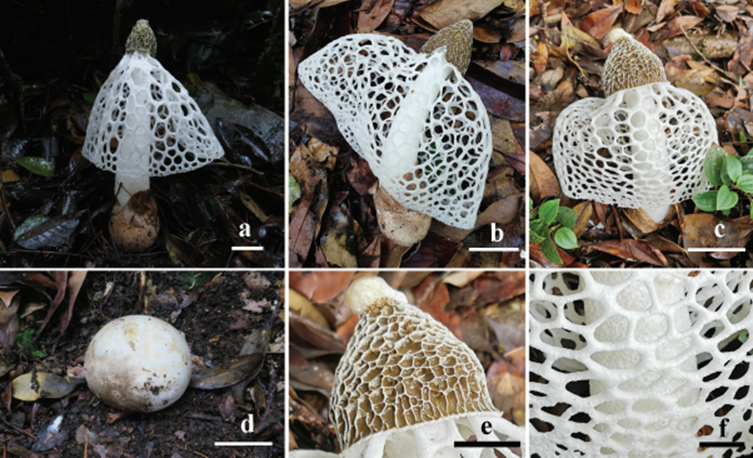
Basidiomata of Phallus rigidiindusiatus. a GDGM 54237 b GDGM 85470 c, e, f GDGM 81196 d 81195. Scale bars: 5 cm (a-c), 3 cm (d), 2 cm (e), 1 cm (f).
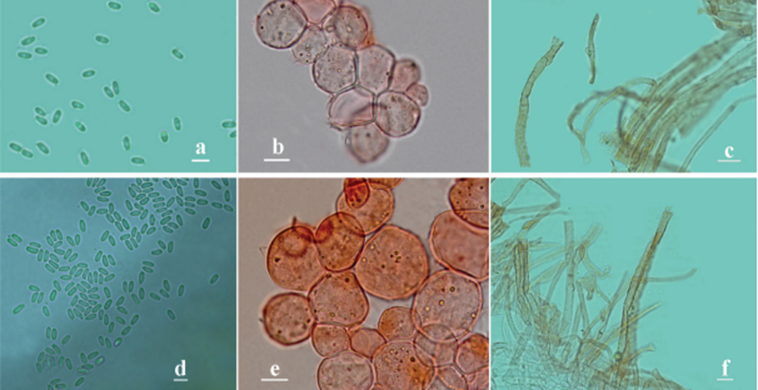
Characteristics of Phallus cremeo-ochraceus a-c and Phallus rigidiindusiatus d-e under the light microscope. a, d basidiospores b, e pseudoparenchymatous hyphae from pseudostipe c, f hyphae from volva. Scale bars 5 µm (a–f).


